Description
About Spironolactone Tablets
Spironolactone is a potassium-sparing diuretic. In patients with severe heart failure (NYHA Class IV), spironolactone has been shown to improve overall survival and NYHA functional class, and to reduce hospitalizations when added to conventional therapy (e.g., ACE inhibitor, loop diuretic, digoxin).[1] It is frequently used to treat ascites associated with cirrhosis and also has been used as a diagnostic aid for primary hyperaldosteronism. It is also used to treat hypokalemia. Compared to thiazide or loop diuretics, it is a relatively weak agent for treating hypertension or generalized edema, although its effects can be additive with thiazide diuretics. While not FDA-approved indications, acne vulgaris, polycystic ovary syndrome, and female hirsutism have been treated with spironolactone. Spironolactone was approved by the FDA in 1960.
Mechanisms of Action
Spironolactone inhibits the effects of aldosterone on the distal renal tubules. Unlike amiloride and triamterene, spironolactone exhibits its diuretic effect only in the presence of aldosterone, and these effects are enhanced in patients with hyperaldosteronism. Aldosterone antagonism enhances sodium, chloride, and water excretion, and reduces the excretion of potassium, ammonium, and phosphate. Spironolactone does not inhibit renal transport mechanisms or carbonic anhydrase activity. In addition, spironolactone acts as an androgen receptor blocker by competitively inhibiting dihydrotestosterone at its receptor sites, and at high doses, spironolactone interferes with steroid synthesis in the adrenal glands and gonads. Sebum excretion rates also are reduced in a dose-dependent manner with spironolactone.
Spironolactone is a poor antihypertensive, but it does have modest hypotensive effects. The hypotensive mechanism of spironolactone is unknown. It is possibly due to the ability of the drug to inhibit aldosterone’s effect on arteriole smooth muscle. Spironolactone also can alter the extracellular-intracellular sodium gradient across the membrane. In general, diuretics lower blood pressure by initially decreasing cardiac output and reducing plasma and extracellular fluid volume. Cardiac output and extracellular fluid volume eventually return to normal, but peripheral resistance is reduced, resulting in lower blood pressure. In general, diuretics worsen glucose tolerance and exert detrimental effects on the lipid profile.
Contraindications & Precautions
Spironolactone is contraindicated in patients with hyperkalemia, Addison’s disease (chronic adrenal insufficiency), or other conditions associated with hyperkalemia and should not be administered to those who are receiving other potassium-sparing agents.[2][5] The Endocrine Society guidelines on the diagnosis and treatment of primary adrenal insufficiency state that use of aldosterone antagonists, such as spironolactone, are contraindicated in patients with adrenal insufficiency (Addison’s disease). Hyperkalemia stimulates aldosterone production and aldosterone, in turn, enhances sodium and water reabsorption in exchange for potassium excretion in the distal tubule and collecting duct of the kidney. In Addison’s disease, aldosterone deficiency results in hyponatremia, hypovolemia, hypotension and hyperkalemia. Thus, spironolactone therapy will exacerbate the hyponatremia, hypovolemia, hypotension and hyperkalemia seen in adrenal insufficiency and worsen the signs and symptoms of the disease.[6][7][8] Spironolactone-induced hyperkalemia can cause life-threatening cardiac arrhythmias, and it is more likely to occur in patients with impaired renal function or diabetes mellitus. Excessive diuresis may cause symptomatic dehydration, hypotension, and worsening renal function. Spironolactone tablets are contraindicated in patients with anuria or any renal disease associated with severe renal impairment (CrCl less than 10 mL/minute) or acute renal failure. Monitor serum potassium and renal function 3 days and 1 week after initiation or dosage increase, monthly for 3 months, quarterly for a year, and every 6 months thereafter. Monitor volume status periodically. Patients receiving spironolactone should not receive potassium supplementation or increase their dietary intake of potassium unless they have refractory hypokalemia. In adults, the risk of hyperkalemia increases progressively when serum creatinine exceeds 1.6 mg/dL; the threshold for pediatric patients is unknown. In adults, spironolactone should be discontinued if the serum creatinine is greater than 4 mg/dL or serum potassium is greater than 5 mEq/L. Spironolactone may cause a transient elevation of BUN, especially in patients with preexisting renal impairment. The precaution for spironolactone in patients with diabetes mellitus is primarily due to the risk of hyperkalemia and not the risk of inducing hyperglycemia, which may occur with thiazide or loop diuretics.[2][9][5]
Adverse Reactions / Side Effects
Spironolactone is contraindicated in patients with hyperkalemia, Addison’s disease (chronic adrenal insufficiency), or other conditions associated with hyperkalemia and should not be administered to those who are receiving other potassium-sparing agents.[2][5] The Endocrine Society guidelines on the diagnosis and treatment of primary adrenal insufficiency state that use of aldosterone antagonists, such as spironolactone, are contraindicated in patients with adrenal insufficiency (Addison’s disease). Hyperkalemia stimulates aldosterone production and aldosterone, in turn, enhances sodium and water reabsorption in exchange for potassium excretion in the distal tubule and collecting duct of the kidney. In Addison’s disease, aldosterone deficiency results in hyponatremia, hypovolemia, hypotension and hyperkalemia. Thus, spironolactone therapy will exacerbate the hyponatremia, hypovolemia, hypotension and hyperkalemia seen in adrenal insufficiency and worsen the signs and symptoms of the disease.[6][7][8] Spironolactone-induced hyperkalemia can cause life-threatening cardiac arrhythmias, and it is more likely to occur in patients with impaired renal function or diabetes mellitus. Excessive diuresis may cause symptomatic dehydration, hypotension, and worsening renal function. Spironolactone tablets are contraindicated in patients with anuria or any renal disease associated with severe renal impairment (CrCl less than 10 mL/minute) or acute renal failure. Monitor serum potassium and renal function 3 days and 1 week after initiation or dosage increase, monthly for 3 months, quarterly for a year, and every 6 months thereafter. Monitor volume status periodically. Patients receiving spironolactone should not receive potassium supplementation or increase their dietary intake of potassium unless they have refractory hypokalemia. In adults, the risk of hyperkalemia increases progressively when serum creatinine exceeds 1.6 mg/dL; the threshold for pediatric patients is unknown. In adults, spironolactone should be discontinued if the serum creatinine is greater than 4 mg/dL or serum potassium is greater than 5 mEq/L. Spironolactone may cause a transient elevation of BUN, especially in patients with preexisting renal impairment. The precaution for spironolactone in patients with diabetes mellitus is primarily due to the risk of hyperkalemia and not the risk of inducing hyperglycemia, which may occur with thiazide or loop diuretics.[2][9][5]
Pregnancy & Breastfeeding
Avoid spironolactone in pregnancy or advise pregnant women of the potential risk to a male fetus. Because of its anti-androgenic activity and the requirement of testosterone for male morphogenesis, spironolactone may have the potential for adversely affecting sex differentiation of the male during embryogenesis. Animal studies report feminization of male fetuses and endocrine dysfunction in females exposed to spironolactone in utero. Animal offspring exposed to spironolactone during late pregnancy exhibited changes in the reproductive tract, including dose-dependent decreases in weights of the ventral prostate and seminal vesicle in males, ovaries and uteri that were enlarged in females, and other indications of endocrine dysfunction that persisted into adulthood. Limited data from published case reports and case series did not demonstrate an association between major malformations or other adverse pregnancy outcomes with spironolactone use.[5]
Spironolactone is not present in breastmilk; however, canrenone, the major metabolite of spironolactone, does appear in breastmilk in low amounts that are not expected to be clinically relevant. Data from a breastfeeding woman at 17 days postpartum did not indicate any adverse effects on the breastfed infant; long term effects on a breastfed infant are unknown. There are no data on the effects of spironolactone on milk production. Consider the developmental and health benefits of breastfeeding along with the mother’s clinical need for spironolactone and any potential adverse effects on the breastfed child from spironolactone or from the underlying maternal condition.[5] Previous American Academy of Pediatrics recommendations classified spironolactone as usually compatible with breastfeeding.[10]
Storage
Store this medication in its original container at 68°F to 77°F (20°C to 25°C) and away from heat, moisture and light. Keep all medicine out of the reach of children. Throw away any unused medicine after the beyond use date. Do not flush unused medications or pour down a sink or drain.
References
Pitt B, Zannad F, Remme WJ. The effect of spironolactone on morbidity and mortality in patients with severe heart failure. N Engl J Med 1999;341:709-717.
Aldactone (spironolactone) package insert. New York, NY: G.D. Searle LLC Division of Pfizer Inc.; 2020 Jun.
van der Vorst MMJ, Kist JE, van der Heijden AJ, et al. Diuretics in pediatrics: current knowledge and future prospects. Paediatr Drugs 2006: 8(4); 245-64.
Karim A. Spironolactone: disposition, metabolism, pharmacodynamics, and bioavailability. Drug Metab Rev 1978;8:151-88.
Carospir (spironolactone) oral suspension package insert. Farmville, NC: CMP Pharma, Inc.;2021 Jun.
Bornstein SR, Allolio B, Arlt W, et al. Diagnosis and treatment of primary adrenal insufficiency: an Endocrine Society clinical practice guideline. J Clin Endocrinol Metab. 2016;101:364-389.
Esposito D, Pasquali D, Johannsson G. Primary adrenal insufficiency: managing mineralocorticoid replacement therapy. J Clin Endocrinol Metab. 2018;103:376-387.
Inder WJ, Meyer C, Hunt PJ. Management of hypertension and heart failure in patients with Addison’s disease. Clin Endocrinol. 2015;82:789-792.
Hunt SA, Abraham WT, Chin MH, et al. 2009 Focused Update Incorporated into the ACC/AHA 2005 Guidelines for the Diagnosis and Management of Heart Failure in Adults. Circulation 2009;119:e391-e479.
American Academy of Pediatrics (AAP) Committee on Drugs. Transfer of drugs and other chemicals into human milk. Pediatrics 2001;108(3):776-789.

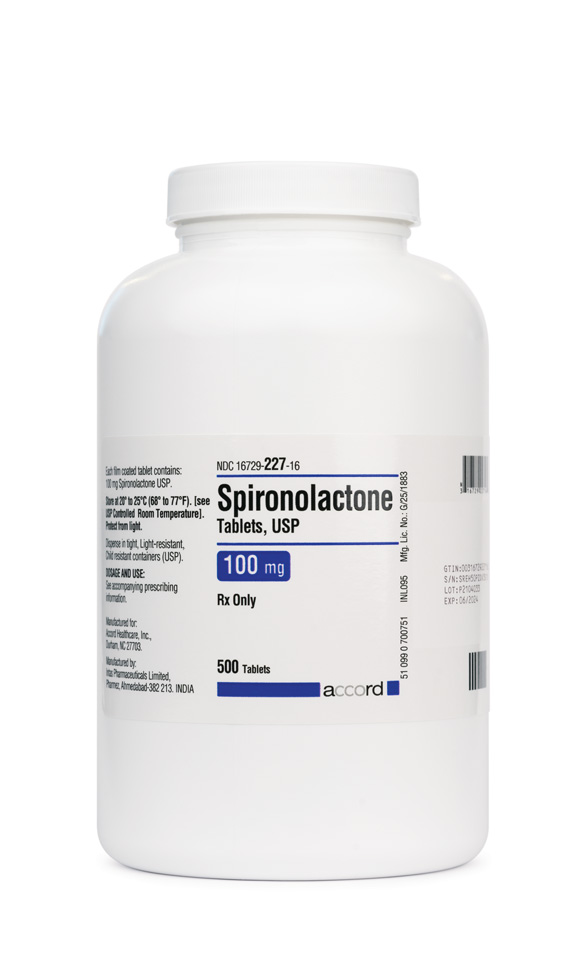
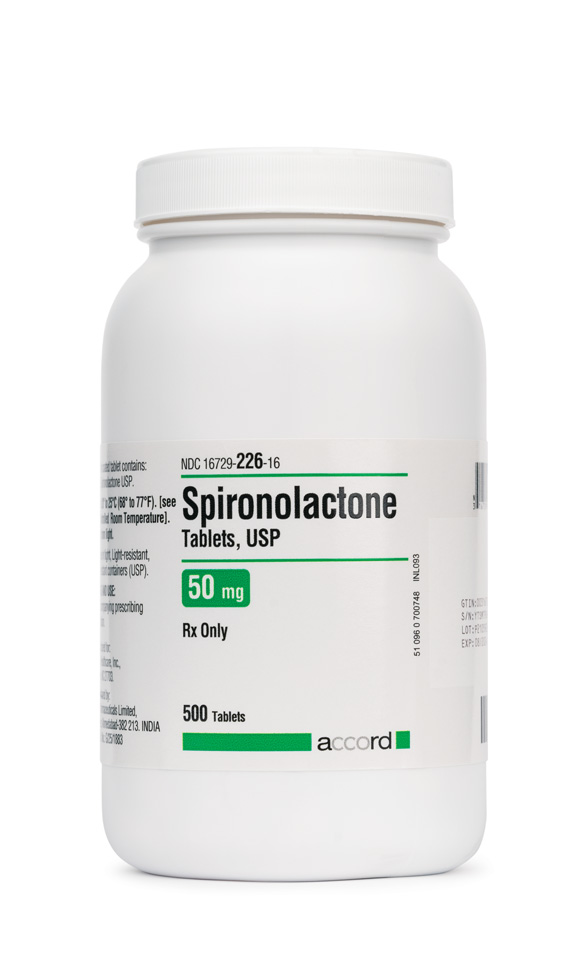
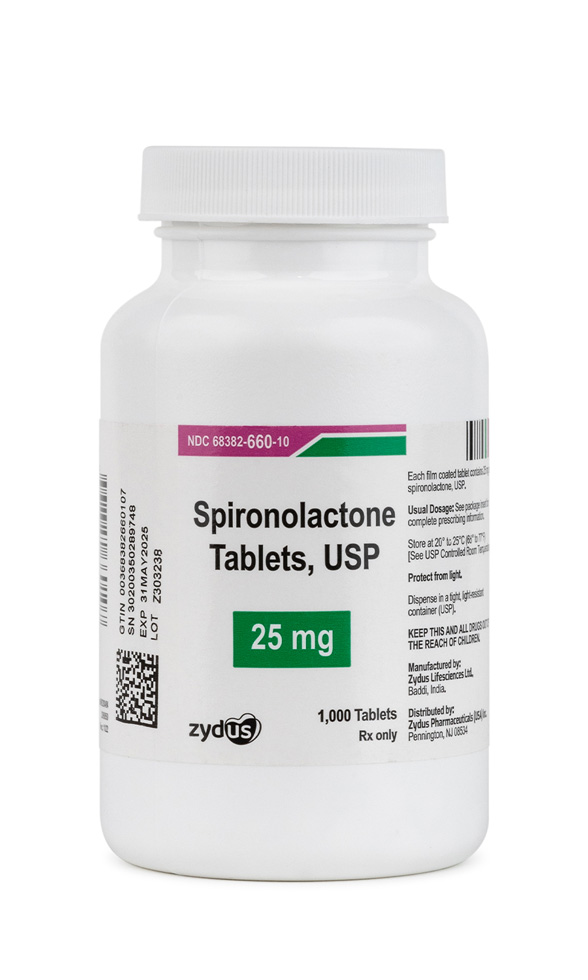
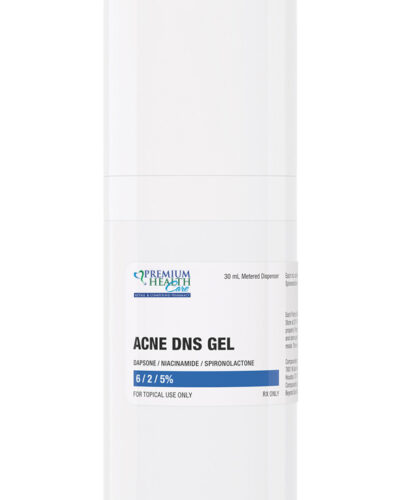
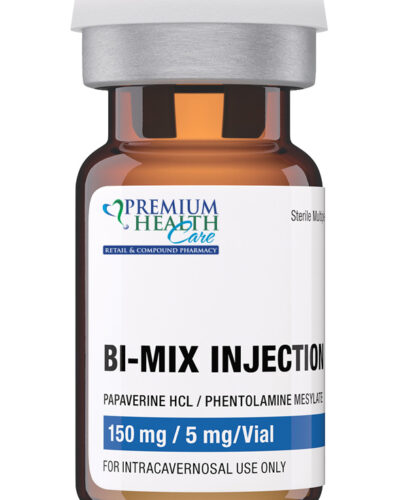
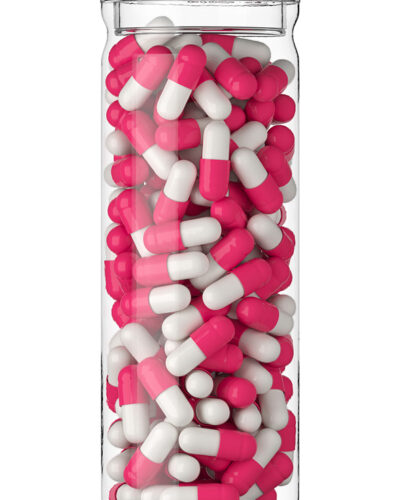
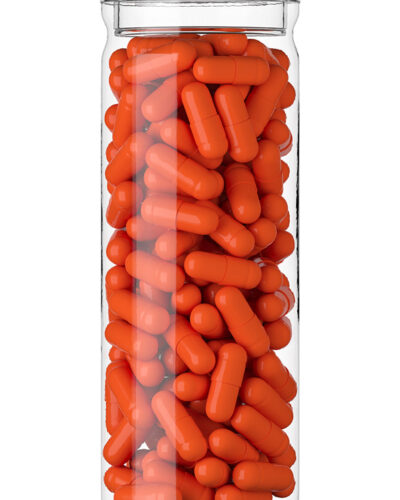
Reviews
There are no reviews yet.